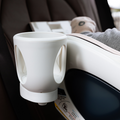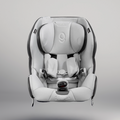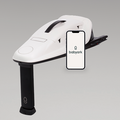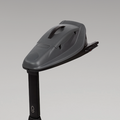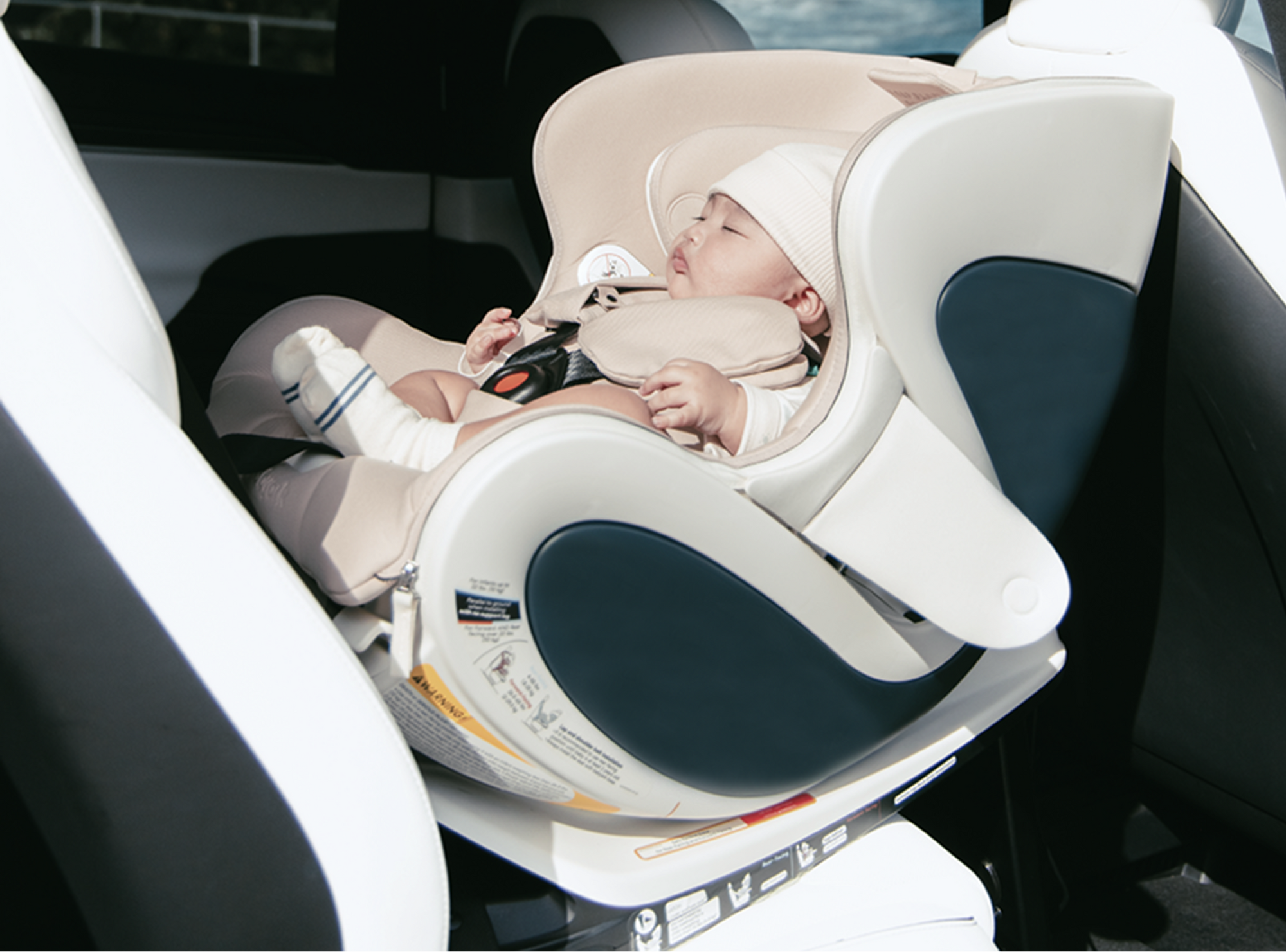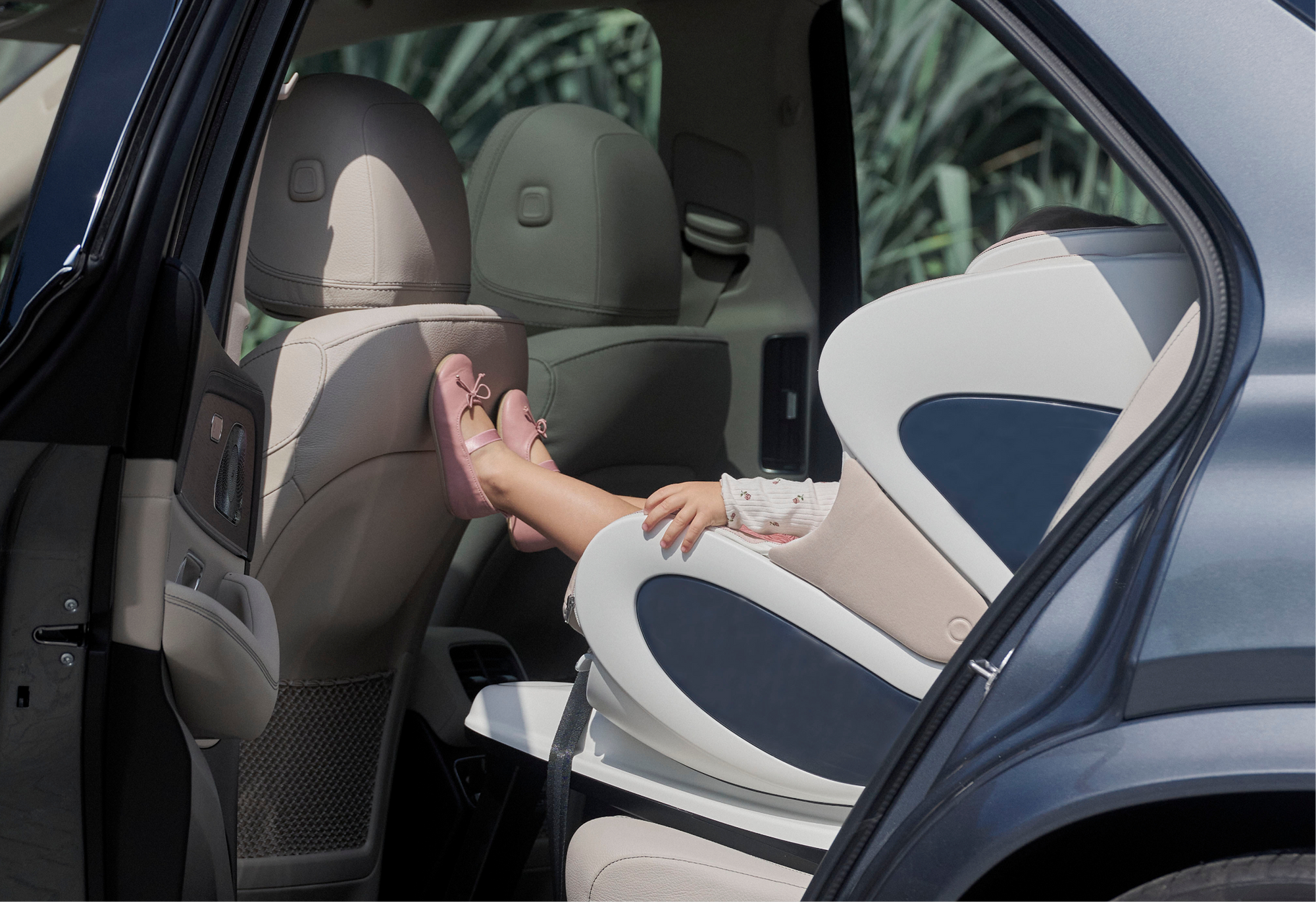The Differences Between Convertible Car Seat vs Infant Car Seat - and What’s Right for You?
With a baby on the way, your to-do list is long, and figuring out which car seat to start with can be confusing. Do you start with an infant car seat, or go straight to a convertible? What are the differences between the two?
Let’s break it down so you can make the best choice for your family.
Infant Car Seat vs. Convertible Car Seat - What’s the Difference?
What is an infant car seat?
An infant car seat is a rear-facing-only seat designed for babies from birth until they outgrow it, typically around 30-35 pounds. IIt usually comes with a base that stays in the car, while the seat itself can be carried in and out. Infant car seats may often connect to a stroller as part of a travel system.
This ability to remove the car seat from the vehicle makes it convenient for parents who frequently want to take their baby in and out of the car without waking them. It's important to keep in mind the 2-hour rule for infants, however, which restricts how much time they should spend in a car seat or similar seated position.
Parents often purchase an infant car seat as a short-term solution for when their baby first arrives. They often soon find that the convenience of transfers at an early age becomes outweighed (yes pun intended) by the sturdiness and long-term benefits of graduating them to a convertible car seat as they grow and fidget more, and nap less. Many parents choose to forego the purchase of an infant car seat entirely in favor of a convertible car seat from birth.
What is a convertible car seat?
A convertible car seat starts rear-facing for newborns and infants and then transitions to forward-facing as your child grows, often accommodating children up to toddlerhood and beyond. It stays installed in the car rather than doubling as a carrier, and it often includes additional safety and comfort features for long-term use. For example, the babyark convertible car seat starts rear-facing and grows with your child up to 65 pounds, providing safety and comfort through every stage of baby’s early growth and development up until they reach height and weight limits and move into a booster seat, and beyond.
When Should You Use Each Type - Infant Car Seat vs. Convertible Car Seat?
Infant car seats are often chosen for:
-
Lightweight design, making them easy to carry and transfer out of the car on errands.
-
Premature infants when the focus is truly finding a car seat that is made specifically for teeny tiny baby bodies.
-
Compatibility with travel systems for quick transfers from car to stroller.
-
Families who anticipate frequent, short car trips where portability is a priority (because, as we know, leaving our kids in the car even for a short pop into the store is not an option. Did you know that babyark has a built-in feature to help you not forget your child in the car?)
Convertible car seats are often chosen for:
-
Longevity, as they grow with your child from newborn through toddlerhood.
-
Fewer transitions, meaning one product can last you years.
-
Parents with a focus on sustainability and who want green to be seen - as it eliminates the need for an infant seat and starts a lasting love affair with one car seat for a long while.
-
Built-in safety features that prioritize your child’s well-being and often add bulk to the structure that an infant car seat will forego for “lightweight” status.
-
Adjustable comfort features that come in handy in later years when your baby becomes a finicky toddler.
Infant Car Seat vs. Convertible Car Seat - Longevity and Value
One of the biggest practical differences is how long you can use each seat. Infant car seats are quickly outgrown, typically by 12–15 months if not before, depending on your baby’s size and your state’s laws on rear-facing minimums.
Often this may simply depend on your baby, who may show signs of being dissatisfied with their car seat as they grow (not meant to indicate a readiness to change facing direction, but often a sign they want a rear-facing car seat more adept at fitting their new proportions.) This means you will eventually need to transition to a convertible car seat, which for those who begin with an infant seat for newborns adds an additional purchase and transition process.
Convertible car seats, on the other hand, are designed for the long haul, providing a seamless journey from your baby’s first car ride home to preschool drop-offs years later. Choosing a convertible car seat from the start reduces clutter, simplifies your car seat journey, and can be a smart investment for families who value longevity and sustainability.
Why Many Parents Start with a babyark Convertible Car Seat
Choosing a convertible car seat from the start can simplify your journey:
-
A smart one-time investment, meaning your baby loves the same car seat from the hospital ride home until they outgrow it.
-
Fewer products to buy, reducing your baby registry clutter.
-
Less waste, making it a more sustainable choice.
-
High-end materials and features, like babyark’s SafeCoil™ shock absorption system, aviation-grade steel frame, and no expiration design that keeps your car seat in top condition for as long as you need it, with a maintenance check at 10 years to ensure everything is in tip-top shape.
-
Smart app integration that guides you through installation and alerts you to safety concerns in real time.
Can a Convertible Car Seat Be Used for Newborns?
Yes, convertible car seats can safely accommodate newborns when used with the appropriate infant inserts and recline angles (all of which babyark carefully provides and explains). The babyark convertible car seat is designed for newborn use, ensuring proper positioning and comfort with easy adjustability as your baby grows. The convertible has features that help keep it ideal for your child into extended rear facing and eventually forward facing. babyark convertible car seats cradle your little in safety up to 65 pounds, 6 years old, or whenever your child reaches the stage where she outgrows it.
babyark also makes proper installation simple with app-guided setup, helping ensure your seat is installed correctly for maximum peace of mind. All babyark seats are rigorously crash-tested and certified, providing confidence from day one.
Read more about our crash testing.
Infant or Convertible - Which Is Right for You?
In the end, your choice between an infant car seat vs. convertible car seat depends on your family’s lifestyle, your vehicle, your children, and your priorities. If you anticipate many quick car trips, value the grab-and-go stroller compatibility, or want the smallest seat possible for your newborn, an infant car seat may feel like the right fit for those first few months.
If you know you are less likely to travel extensively on short errands with baby in those early months, prefer long-term built-in safety features, and want a one-time investment that grows with your child, a convertible car seat from day one may be the better choice.
The good news? With either option, as long as you choose a non-expired car seat and install it properly, you’ve done right by your baby. You’re prioritizing your baby’s safety and comfort, and can always switch as needed.
And if you choose to start with a convertible car seat like babyark, you’re choosing a thoughtfully engineered seat that provides safety and peace of mind from the first ride, and every ride after.
Ready to Skip the Switch?
Simplify your journey and give your baby a safe, comfortable ride from day one.
Learn more about babyark Smart and babyark Classic and discover how starting with a convertible car seat can make life easier for your growing family.
